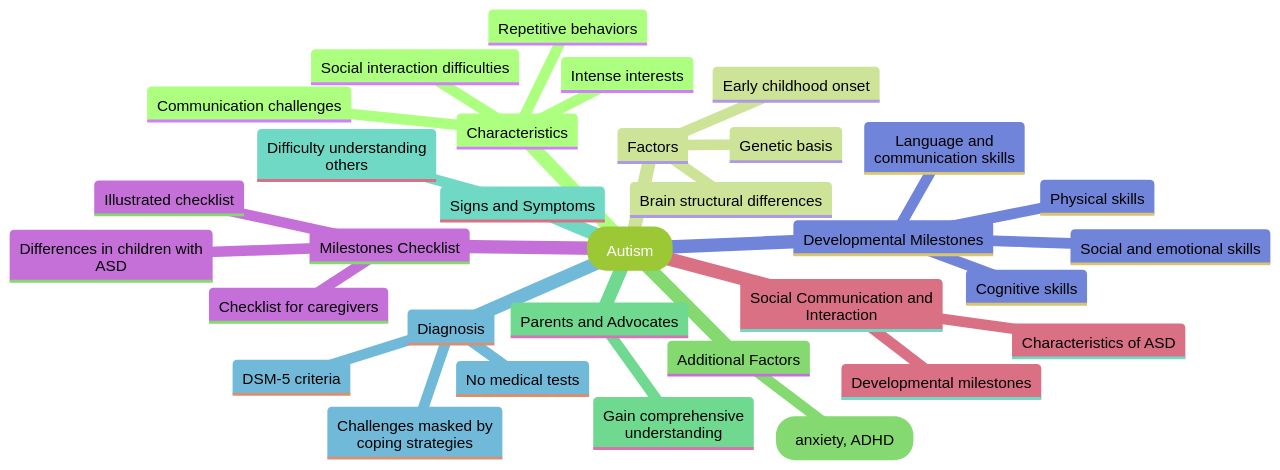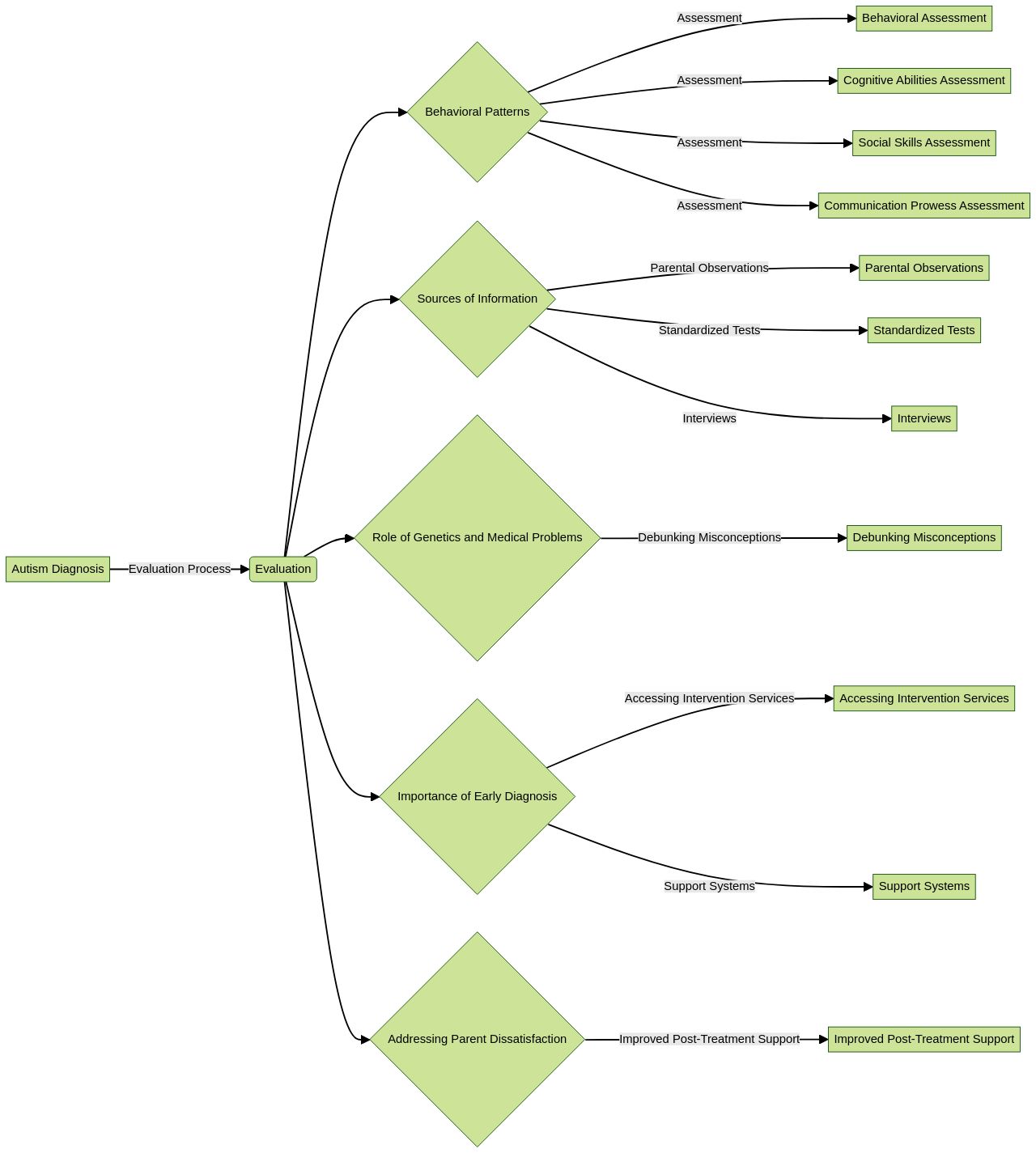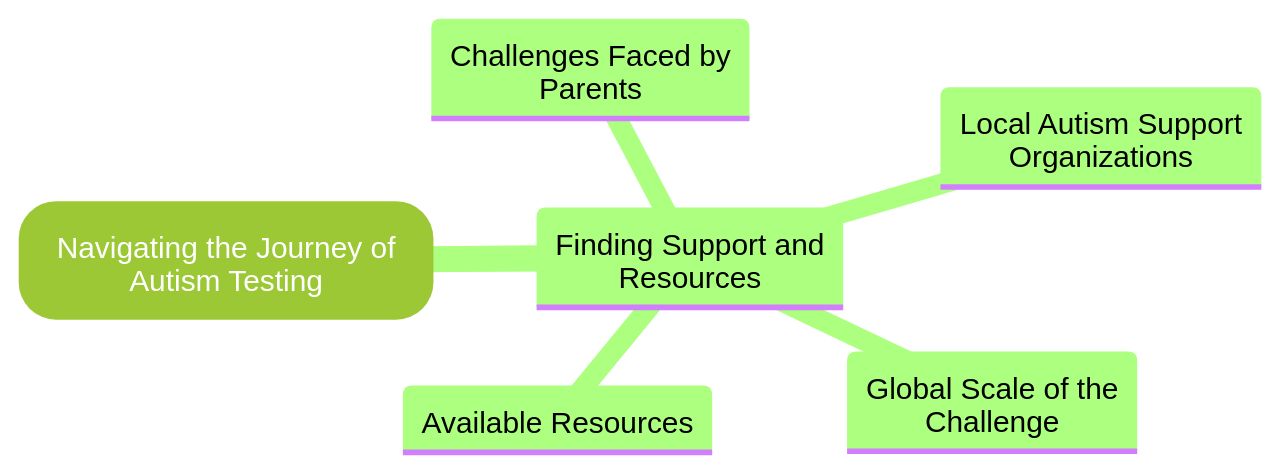Introduction
Autism, a neurodevelopmental condition, presents a unique set of characteristics that can impact social interaction, communication, and behavior. Recognizing the signs and understanding the diagnostic process is crucial for early detection and intervention.
In this article, we will explore the signs and characteristics of autism, the importance of testing and diagnosis, finding the right healthcare professional, and the support and resources available to parents and caregivers. Join us as we navigate the path to better understanding and supporting children with autism.
Understanding Autism: Signs and Characteristics
Autism, a neurodevelopmental condition, exhibits a range of unique characteristics, from social interaction difficulties and communication challenges to repetitive behaviors and intense interests in specific subjects. Early detection is vital and can be achieved by understanding these signs.
For example, a child may struggle with social skills, display delayed language development, engage in repetitive movements, have sensory sensitivities, or show a strong fascination with certain topics. Furthermore, brain scans reveal structural differences in the brains of those with Autism compared to neurotypical development.
However, the exact cause of Autism remains unknown, despite various theories exploring the links between heredity, genetics, and medical issues. It's important to note that Autism is not caused by vaccines, parenting styles, or nutrition.
Evidence suggests a pattern of Autism or related disabilities in many families, hunting at a genetic basis. While no single gene has been identified as causing Autism, researchers are examining irregular segments of genetic code that might have been inherited by those with Autism. According to the DSM-5, the core features of Autism must be present in early childhood, but symptoms may not fully manifest until social demands surpass the individual's coping capacity. In some cases, challenges may be masked by learned coping strategies and support. Diagnosis and intervention should ideally start before age 3, with professionals skilled in determining communication, behavioral, and developmental levels necessary for accurate diagnosis.

Recognizing the Need for Testing
You can learn how to get tested for autism as early as 12-14 months through routine well-baby checkups. This practice has been championed by the National Institute of Mental Health (NIMH) and has been integral in connecting families to support and services at the earliest possible stages.
Healthcare providers can determine how to get tested for autism by observing a child's progress in areas like eating, sleeping, walking, and talking. To find out how to get tested for autism, individuals should consider that autism is a spectrum disorder with varying types and severity of symptoms, impacting how individuals interact, communicate, behave, and learn.
Studies reveal that the prevalence of autism has increased to 1 in every 36, a stark rise from the 2004 rate of 1 in 125. Children diagnosed with autism by age 4 are fifty times more likely to receive services.
According to current data, it is indicated that more White and Black children are identified with autism compared to Hispanic children. If you are wondering how to get tested for autism, here is the information you need. This may be due to barriers like stigma, limited healthcare access, or language issues. While autism can be reliably identified by age 2, the median age of diagnosis is over 4 years due to wait times for specialist appointments. How to get tested for autism is important to note as it can help in early identification, but the average age of diagnosis is delayed due to long wait times for specialist appointments. In light of this, research is focusing on how to get community-based providers trained to correctly diagnose autism, which could alleviate these long waits for testing for autism. This could be a significant breakthrough, considering that 82% of cases diagnosed by these trained providers were in agreement with autism specialists.

Finding a Healthcare Professional
The journey to diagnosing autism begins with a primary care physician or pediatrician, who can then direct parents towards specialists such as developmental pediatricians, child psychologists, or child psychiatrists. However, recent studies indicate that community-based providers, when adequately trained, can correctly diagnose autism in 82% of cases.
This development could help alleviate the substantial waiting times families often face for evaluations from specialists. In fact, the median age for autism diagnosis is over 4, even though the condition can be reliably identified by age 2.
In Australia, the prevalence of autism has seen a considerable increase from 1 in 150 in 2015, to 1 in 70 in 2018. This increase predates the nationwide rollout of the NDIS and reflects the broader understanding of the autism spectrum established in 2013.
However, the lack of specialists and long waiting times for diagnosis, coupled with societal and psychological challenges, continue to make life difficult for autistic adults and their families. On a positive note, the Adult Autism Health Resources initiative, launched by Harvard Medical School with financial support from the Nancy Lurie Marks Family Foundation, aims to improve autism care and lives of autistic adults and their families. The initiative is focused on educating clinicians, caregivers, and self-advocates to lead meaningful change across healthcare systems. In conclusion, the path to diagnosing autism can be a complex one, but with the right resources and awareness, it can become a smoother process, ensuring early detection and intervention for better outcomes.

The Diagnostic Process
To find out how to get tested for autism, it requires a collaborative venture with a team of healthcare professionals, including psychologists and occupational therapists. This team carries out comprehensive evaluations, assessing the child's behavioral patterns, cognitive abilities, social skills, and communication prowess.
Information from various sources, including parental observations, standardized tests, and interviews, is compiled to ensure a precise diagnosis. Research has shown that there are noticeable differences in the shape and structure of the brain in people with Autism compared to those with neurotypical development.
While there's no definitive cause of Autism, researchers are investigating various theories, including the role of heredity, genetics, and medical problems. Despite misinformation, Autism is not caused by vaccines, parenting styles, or nutrition.
In many families, Autism seems to run in the family, indicating a possible genetic basis. A rise in Autism Spectrum Disorder (ASD) diagnoses has been observed globally.
Knowing how to get tested for autism is crucial for the child to access early intervention services and support systems. It also aids parents in coming to terms with ASD, providing them with a sense of relief.
However, parent dissatisfaction with the diagnostic process is common, often due to long diagnostic processes, lack of clear information, miscommunication with professionals, and insufficient post-treatment support. Find out how to get tested for autism using the DSM-5, which is the standard tool for diagnosis and identifies the core features of autism that should be present in early childhood. However, for some children, these symptoms may not fully manifest until social demands exceed their capacity to cope. Autism usually appears by age 3, and diagnosis and intervention can and should begin earlier for optimal outcomes. Innovative tools for detection and new strategies for delivering services are being identified by researchers. How to get tested for autism now includes routine health care, potentially identifying signs of autism as early as 12-14 months. This early detection helps connect children and families to support and services as early as possible, significantly impacting their lives.

Support and Resources
Navigating the journey of autism testing is a daunting process. It's not just about the tests, but also about finding the right support and resources.
Local autism support organizations and parent advocacy groups can be invaluable allies in this pursuit. They offer insights and guidance, and a sense of shared experience from parents who have navigated the same path.
These organizations are a treasure trove of resources, providing information about local diagnostic centers, financial assistance programs, and support groups. Researchers have found that the challenge often lies not with individual healthcare and education professionals, but with the system as a whole.
As an example, a study conducted by an autistic parent of an autistic child revealed that parents often have to fight to get the right support for their children. It's a struggle that requires tenacity and resilience, but remember, you're not alone.
In fact, the challenge of accessing resources isn't just confined to a single region. A 2022 article in The Journal of Pediatrics, Perinatology and Child Health highlighted that in Africa, limited access to resources and trained professionals often results in delayed diagnoses for children with autism. This underscores the global scale of the challenge, but also the universal need for early intervention. In the end, the journey is undoubtedly tough, but it's important to remember that help is available. Be it from healthcare providers experienced in child behavioral problems or from support groups, resources exist to help navigate this challenging landscape. Always remember, you are not alone in this journey, and there are resources available to support you and your child every step of the way.

Conclusion
In conclusion, understanding the signs and characteristics of autism is crucial for early detection and intervention. Early testing and diagnosis are key to ensuring children with autism receive the support they need.
Finding the right healthcare professional is essential in the diagnostic process. Recent studies have shown that community-based providers can accurately diagnose autism when properly trained, reducing waiting times.
Navigating the journey of autism testing can be daunting, but resources are available. Local support organizations and parent advocacy groups offer valuable insights and information on diagnostic centers and financial assistance.
Remember that help is available. Whether from healthcare providers or support groups, there are resources to navigate this journey. You are not alone, and there are people ready to support you every step of the way. By understanding autism's signs, recognizing the importance of testing and diagnosis, finding the right healthcare professional, and accessing support and resources, we can ensure early detection and intervention for better outcomes. Together, we can empower parents to provide the best care for their children with autism.




